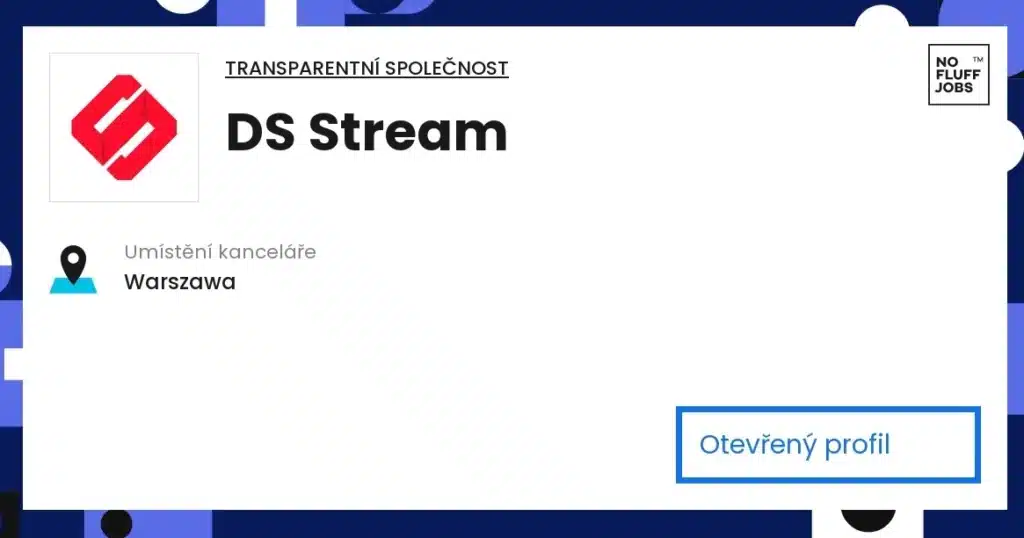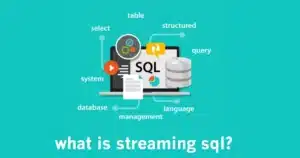
DSstream stream processor
Companies in manufacturing, oil and gas, smart cities, and even smart buildings are taking advantage of DSstream stream processing to increase the efficiency of their processes. In the manufacturing sector, real-time stream processing can identify production line anomalies, which can improve operations and increase yields. The DSstream engine can identify massive waste in real time and present it in a dashboard for fleet management. It supports real-time and batch pipelines, allowing developers to create custom streams and integrate them into existing applications.
DSstream Engine Handles
For example, when using a DSstream stream processor, a file’s time stamp used to create an identifier for it. DSstream identifier is unique to a blob of data, and will included in the stream. The DSstream engine handles out-of-order data with no problems. The system uses DStream or RDD transformations to transform data, and then pushes the transformed data to an external system.
Real-time stream processing also offers the advantage of allowing applications to respond to new data events as they occur. DSstream application can customized to provide customers with contextual experiences such as advertisements for similar products, recommendations for connecting with friends, and more. DSstream can help businesses understand their customers’ needs and make better decisions, and boost customer retention. However, it can used for data mining, which involves identifying and categorizing large quantities of data.
Message buffers
DSStream allows you to send discrete, variable-length messages between different tasks. Message buffers allow interrupt-service routines to pass messages back and forth. They also allow interrupts between tasks to scheduled. In the FreeRTOS, stream buffers implemented as interrupt-service routines. Stream buffers can used for interrupt service, interrupt-triggered tasks, and task-to-task communication.
DSStream implements message buffer classes to represent the source and target of encoded and decoded messages. The base interface for these classes is OSMessageBufferIF, and each class derives from it. Message buffers must used with the appropriate XSD type to allow them to work correctly. Here’s an example of using DSStream buffers. You can use the buffer() function to read a byte from a stream and return the cast to an int. Similarly, the write() function copies the bytes to a buffered stream and advances the current position by the number of bytes written.
Stream & Message Buffers designed for one writer and reader. A byte array describes a message buffer. The size and location of the byte array determines the number of bytes that can be read and written in a given message. They can shared between processes or allocated to one thread. If you use the dsstream API, you should make sure the sender’s thread has more than one process and a byte array.
Streaming SQL
DSstream Streaming SQL is a fast, flexible, and efficient way to analyze large amounts of streaming data. The benefits of this technology go beyond just the syntax of SQL queries. The ability to detect ball possession, define windows based on row count, and compute order-dependent functions e all great reasons to use it for sports analytics. Here are some tips to make the most of this new technology. Read on for a more in-depth explanation.
Streams Improve Query Performance
Append-only streams improve query performance. Append-only streams are especially useful for scenarios that rely solely on row inserts. Standard streams join the rows that were deleted and those that were updated. Append-only streams return only the rows that have appended. Append-only streams are faster because the source table truncated immediately after consumption and do not contribute to the overhead when the next stream consumed.
DSstream Streaming SQL supports both in-order and out-of-order streams. Queries on out-of-order streams can planned just like queries on punctuated streams. DSstream Streaming SQL also supports aggregation of monotonic attributes, but this must be done carefully. Streaming SQL does not support ROLLUP and CUBE because some levels of aggregation will never finish. Using an UPSERT example, an aggregation of products in the last hour will remove records for products that are not currently available.
Discretized Stream (DStream)
A Discretized Stream is a data structure for distributed processing. Instead of storing data in a database, it stores and processes data as discrete batches. Each batch processed independently, without relying on the previous batch. For example, an input stream may map one input item to zero or more output items. A DStream can filtered, sorted, or combined using a filter function.
Spark’s Streaming framework provides several abstractions to model data flows, including the Discretized Stream. A Discretized Stream is a sequence of RDDs containing data that continuously updated. The DStream may created from live data, or generated by an existing DStream’s exploitation functions. A Discretized Stream periodically creates an RDD derived from a parent DStream.
A DStream is a series of RDDs, each containing a record of other DStreams. The function to generate a RDD is defined in the DStream record. Operations performed on the Spark DStream translate to operations on the underlying RDDs. The DStream API provides a high-level interface for working with streaming data. Its key advantage is the fact that it is easier to use than other methods of streaming data processing.
A dstream can modified to store data in various locations. Streaming has several advantages over traditional data processing. It can support multiple input streams in parallel. A dstream can run in multiple instances of a single Spark application. This method enables high-throughput, fault-tolerant data processing. The user can create a DStream from live incoming data. A DStream can transformed using map, reduce, or window.
Data stream
Streaming of data from one application to another is called data ingest. Data is continuously generated and stored in the data stream. DSstream computer systems that process data in this fashion must have adequate memory and processing power to store this large amount of data and process it efficiently. Because newer data may need to interpreted in relation to older data, the processing must take place quickly before the next set of data arrives. Each data packet contains information about the source and time at which it was generated. It is important to process data packets sequentially to ensure the integrity of the stream. In addition to this, powerful processing of data can used to generate real-time suggestions based on user’s choices and browsing history.
Streaming data pipelines used to process massive amounts of data, including customer and employee activity. These streams are diverse and rapidly growing, making them impossible to store and manage using traditional batch processing methods. This technology uses real-time data streaming to identify patterns that may be indicative of potential problems. The benefit of streaming data is that it can be processed without losing focus on any segment of the data stream. Streaming data pipelines make it possible to process and analyze large amounts of data in a fraction of the time it would take to do it through batch processing.
Streaming data is typically generated in an ongoing manner. It is best suited for applications that need to process large volumes of data in a fast and accurate manner. It also has the advantage of providing a single named resource for requests that processed. Streaming data is typically processed by data analytics engines, which enable real-time analysis. This technology is increasingly catching on as the best solution for many problems. So, what is a data stream?
Streaming data
DSstream allows businesses to stream real-time data to their analytical solutions. This type of data can detect temporal events, and it can used for real-time data aggregation, sampling, and filtering. This type of data allows analysts to gain immediate access to real-time data and make adjustments on the fly. Streaming data has many potential applications, ranging from eCommerce to real-time analytics. Let’s examine three of the most popular uses for streaming data in organizations.
DSstream supports all popular streaming data formats. It is the most widely used streaming data format for data streams. DSstream is the perfect choice for real-time processing, real-time analytics, and real-time data integration. The data streams from many sources can combined to create a unified view of any business. This type of data is ideal for industries where the need for real-time analytics is vital, such as retail inventory management and real-time stock trading. DSstream can used in multiplayer games, ride-sharing applications, and more.
DSstream allows you to use a common language to create and manage streaming data applications. The data processing node processes the incoming tuples. Typically, it processes tuples in a single pass, and expels older tuples. Data is continually arriving and going out of the system, the tuple rate can reach gigabits per second. The addition of more resources or capacity increases the raw data generation rate, and it is important to design applications for scaling.

